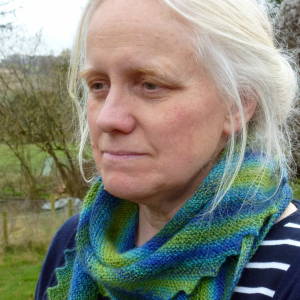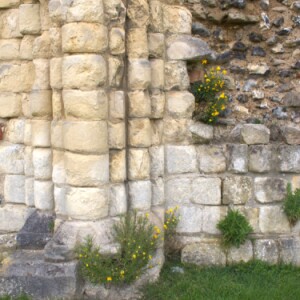Saint Augustine's Abbey and Canterbury Cathedral
On Sunday we visited the ruins of St Augustine's Abbey in Canterbury. It was the first monastic site in England, founded in 598 after Saint Augustine had converted King Ethelred of Kent to Christianity, and for the next century it was central to the mission of converting the Anglo Saxon population. Throughout the middle ages it was one of the most important places of religious learning in Europe, with a large complex of buildings of which little now remains. After the Norman conquest in 1066, the Saxon buildings were largely demolished and replaced by a grand romanesque church almost as large as the nearby cathedral and for several centuries the monastery grew in size and importance. However, in 1538 this large community was forced to hand over its buildings and wealth to Henry VIII as he dissolved and plundered the monasteries; many of the buildings were demolished, treasures seized and shrines destroyed. The Abbot's apartments formed the basis of a royal palace with a large garden, but this gradually fell into disuse and disrepair. Over the following centuries the site had various owners, parts of it were developed for different purposes including a nineteenth century missionary college. In the twentieth century archeological excavation of the overgrown ruins uncovered the foundations and remains of the buildings, and this part of the original site is now in the care of English Heritage.
It was a very chilly day with a bitter wind and approaching rainclouds. The ruins were not very accessible for J's wheelchair, though the mown grass was manageable, and we struggled a bit to be excited about them despite their historic significance. However, I very much liked the huge variety of building materials combined in close proximity in walls which had been altered and remade many times, and the many flowers growing on the walls - wallflowers, valerian, ivy-leaved toadflax and the bright yellow flowers and pretty leaves of the ... in the first extra. (Identification to follow!) There was also a mound on the edge of the site which offered a lovely view over the ruins to Canterbury Cathedral. This is my main photo; the extras show the only remaining wall and window of Saint Pancras church, which was the latest of three Saxon churches built there, and a wall of what eventually became the royal palace; both incorporated bricks and stones recycled from earlier buildings, including many thin red Roman bricks from another important phase in Canterbury's history.
We left as the rain arrived and were home for lunch. It was good to visit a place which, despite being only a few miles away, we had not yet explored, and later to discover more of its history from its comprehensive website.
Thank you Helen Ann for identifying the yellow corydalis, corydalis lutea, in the first extra. I'm not sure if it counts as a wild flower: it's a non-native garden escapee which grows as a weed, often on old walls. It originally comes from the foothills of the Alps.




Comments
Sign in or get an account to comment.


